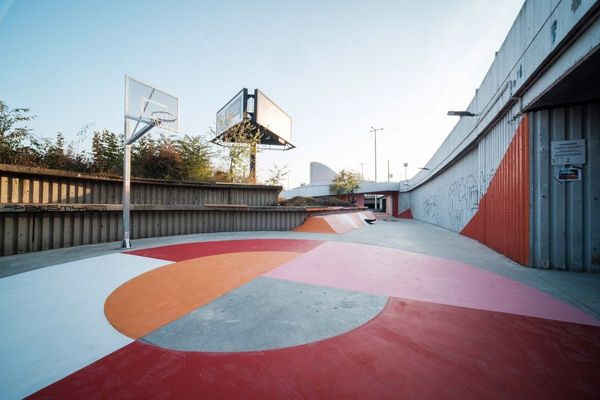What does fashion history mean? What different layers define it? What is the relationship between tradition and high-end fashion brands? How democratic is the fashion world? With the help of fashion historian Darnell-Jamal Lisby, we now have gone beyond sustainability issues to gain an insight into the fashion industry discourses of the West. Interview.
For the fourth time, the Hungarian Fashion & Design Agency has organized the Budapest Fashion & Tech Summit, a fashion industry conference attended by international experts. On this occasion, we asked one of the guests of the roundtable discussion ”Knowledge sharing—Education, Culture”, Darnell-Jamal Lisby, about her curatorial work and her approach to fashion history.
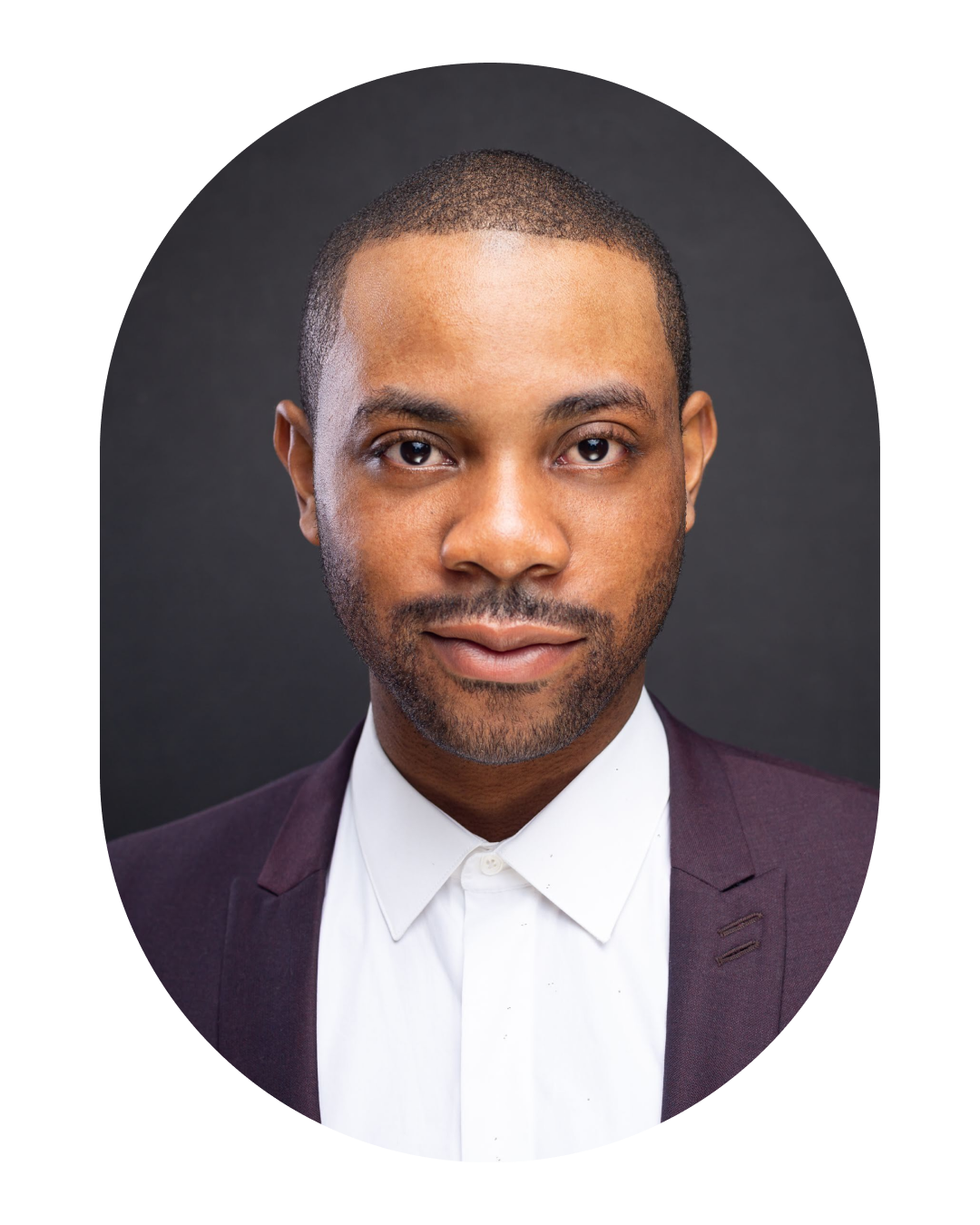
Darnell Jamal Lisby is a fashion historian and curator based in New York. He has worked for the Cooper Hewitt Smithsonian Design Museum and recently joined the team at one of the world’s most visited museums, the Cleveland Museum of Art, where he facilitates fashion curatorial projects. His writings appear in the Teen Vogue columns, among others, and he has launched his own podcast, Fashion Victims.
Tell us about the early days: what inspired you to get into fashion history?
I think it’s the result of a combination of several different things. I’ve always loved history, especially as a child, and later I was motivated by how I could teach people in a non-traditional way. But I was also particularly attracted to museums, especially the curatorial aspect of them and the telling of stories that most people don’t have access to. One summer I had the opportunity to work as a teaching assistant at the Smithsonian Institution, where I got to meet several curators and restorers. At the time, I didn’t know exactly which discipline I wanted to commit myself to. However, some years ago, I visited Savage Beauty, an exhibition of around one hundred of the late Alexander McQueen’s costumes and seventy accessories, which was held at The Costume Institute at the Metropolitan Museum of Art in New York. I think it was this groundbreaking exhibition that inspired me to get into this business.
How would you define the exact job of a fashion historian?
This role is essentially like any other form of history: to collect, preserve and educate about the history of fashion in general. There are many people who are interested in different aspects of fashion, but to be a true fashion historian you need to understand its full history and all its nuances.
Indeed, fashion has many nuances or layers: we can analyze it in the context of culture, society, the individual, historical events or even psychology. If you were to narrow it down, which area of fashion is most important to you? What aspects of your work would you like to draw people’s attention to?
One of my main academic interests is the intersection of blackness and fashion history: I explore the fascinating and creative diversity of the African diaspora within fashion history, especially in the 20th and 21st centuries. Whether in the field of music, pop culture, fashion design, style or even cultural and social movements.
How is this interest of yours reflected in your curatorial work?
One of my important curatorial assistance projects was the exhibition Willi Smith: Street couture at the Cooper Hewitt, Smithsonian Design Museum. It was a bit of a bittersweet exhibition: we opened it exactly one day before the world shut down. We opened on 16 March 2020, but due to the quarantine, we had to close the next day and could only reopen in June 2021, after which the exhibition presenting the work of Willie Smith was open until October.
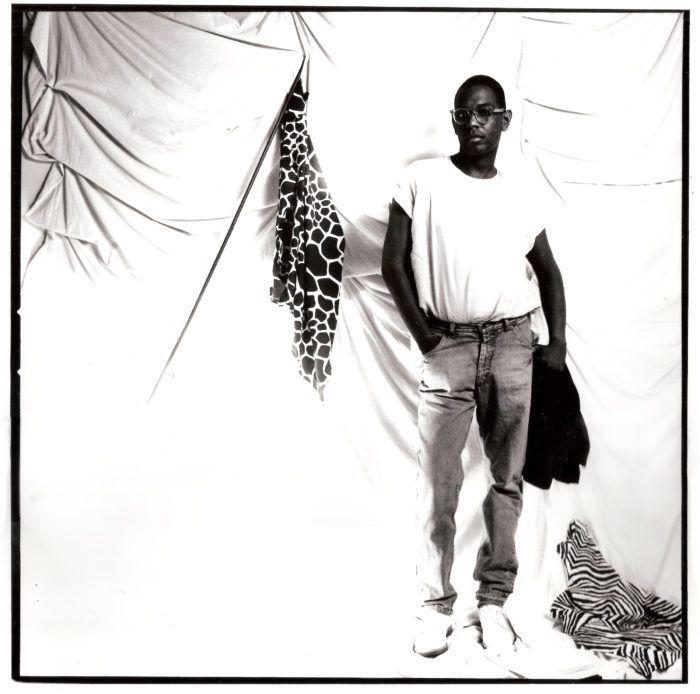
Willie Smith was not only a fashion designer, but also an avant-garde artist who collaborated with his artistic peers, architects, dancers, graphic designers, filmmakers and visual artists to create extraordinary projects. In the 1970s and 1980s, he designed costumes for a number of dancers, including Diane McIntyre, Bill T. Jones and Arnie Zane, and collaborated with local architects to make his interiors look like the streets of New York as an extension of his brand. The designer drew inspiration from what people wore on the street when creating his clothes: comfortable, functional pieces that were inexpensive yet of great quality. His collections were timeless and people were free to mix and match pieces and not worry about being able to wear them for only one season.
He collaborated with all the leading artists of his time, such as Keith Haring, Robert Rauschenberg, Gilbert and George and Barbara Kruger, but he was also very much engaged in digital art. For his 1985 Spring Expedition collection, for example, he made a fashion film with photographer Max Vadukul, which was shot in the Senegalese capital Dakar involving local people. The film is also on display at the Willi Smith Community Archive, which was created to complement the exhibition and help visitors understand the depth of the artist’s work.
Willi Smith was actually working within different mediums while pushing the boundaries of how people receive and consume fashion, which he made accessible. In the exhibition, we have tried to show the many facets of his work through stories about the designer: when creating the exhibition, we have also had the opportunity to talk a lot with his friends and family, and we have worked closely with his brothers on the project.
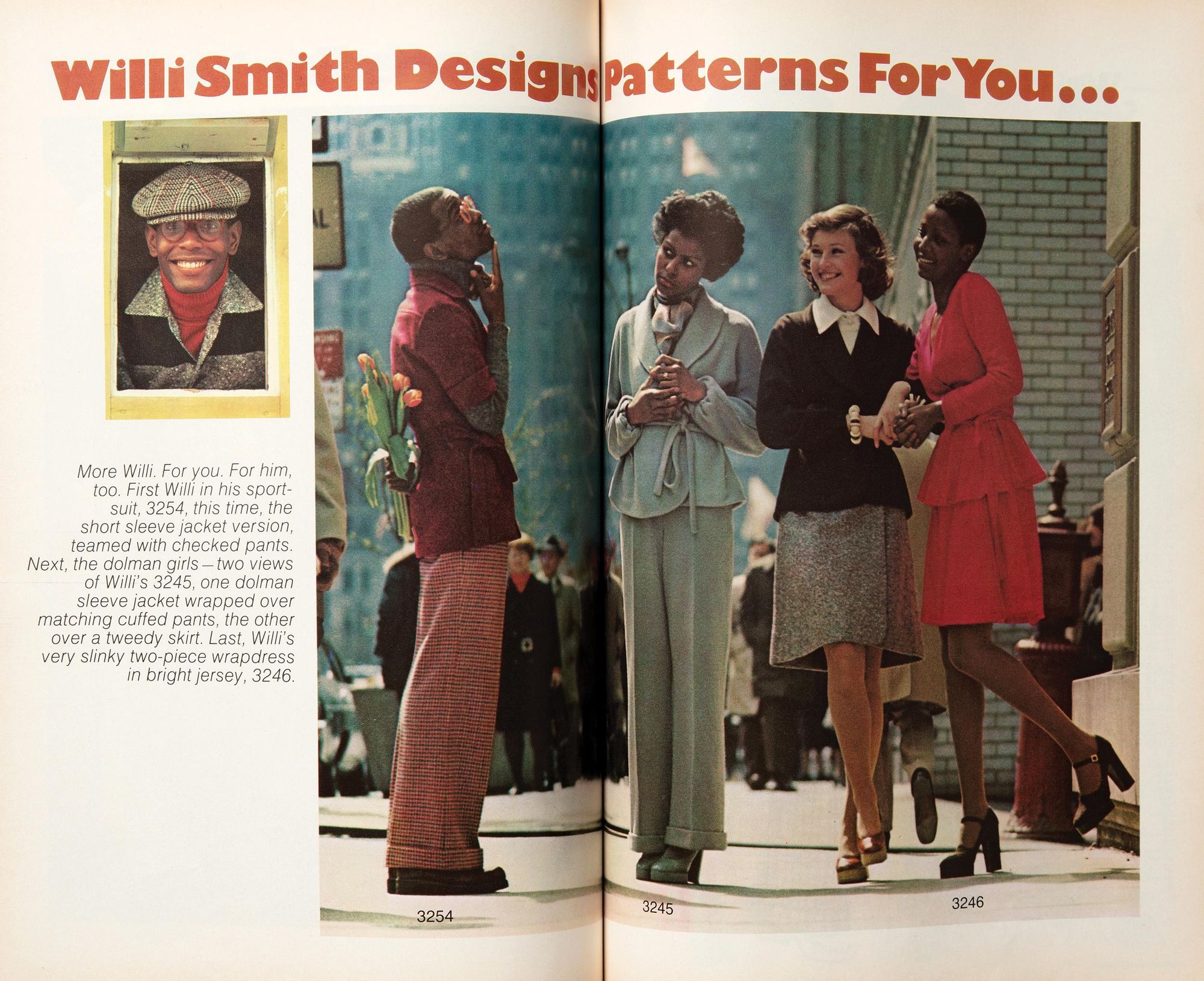
I am currently working on the traveling exhibition The New Black Vanguard: Photography Between Art and Fashion, curated by Antoine Sargent. The exhibition straddles the fine line between fashion and fine art photography, an often-used means of expression for black photographers.
What do you think about the relationship between different folk traditions and fashion? Is it important for famous fashion brands or fashion houses to draw inspiration from different cultural traditions?
Well, I think it’s a bit complicated. Traditional culture-based dressing existed long before we in the West understood what fashion was. Many academics and scholars are trying to determine the actual definition of fashion and whether it is transferable to other cultures. The term itself is of European origin, but the characteristics it describes, are certainly transferable to other cultures of the world. When we look at the relationship between tradition and fashion, I think it is more about what different communities truly value. There are those who don’t appreciate fashion houses, luxury fashion or simply the world of Western fashion, and there are also communities who still prefer traditional clothing. The latter include, for example, certain West African communities that still favor traditional dressing: such as in Ghana, where the much-admired Kente dress is the luxury fabric. However, there are other places where there is a balance and traditional dress and fashion are equally liked: in Lagos, Nigeria, Parisian fashion and traditional clothing are revered just the same. In America, the same duality prevails.
Nevertheless, I think a tricky situation is created when luxury fashion is inspired by traditional dressing: I think each case needs to be analyzed and approached with a critical approach. Sometimes it can be considered cultural expropriation or appropriation, at other times, even cultural celebration. For example, John Galliano fetishized different cultures during his work at Dior, which becomes complicated at the moment when these collections start to be seen by certain people as definitive representations of what those heritages represent. It becomes an insult to the culture that is on the other side of this appropriation.
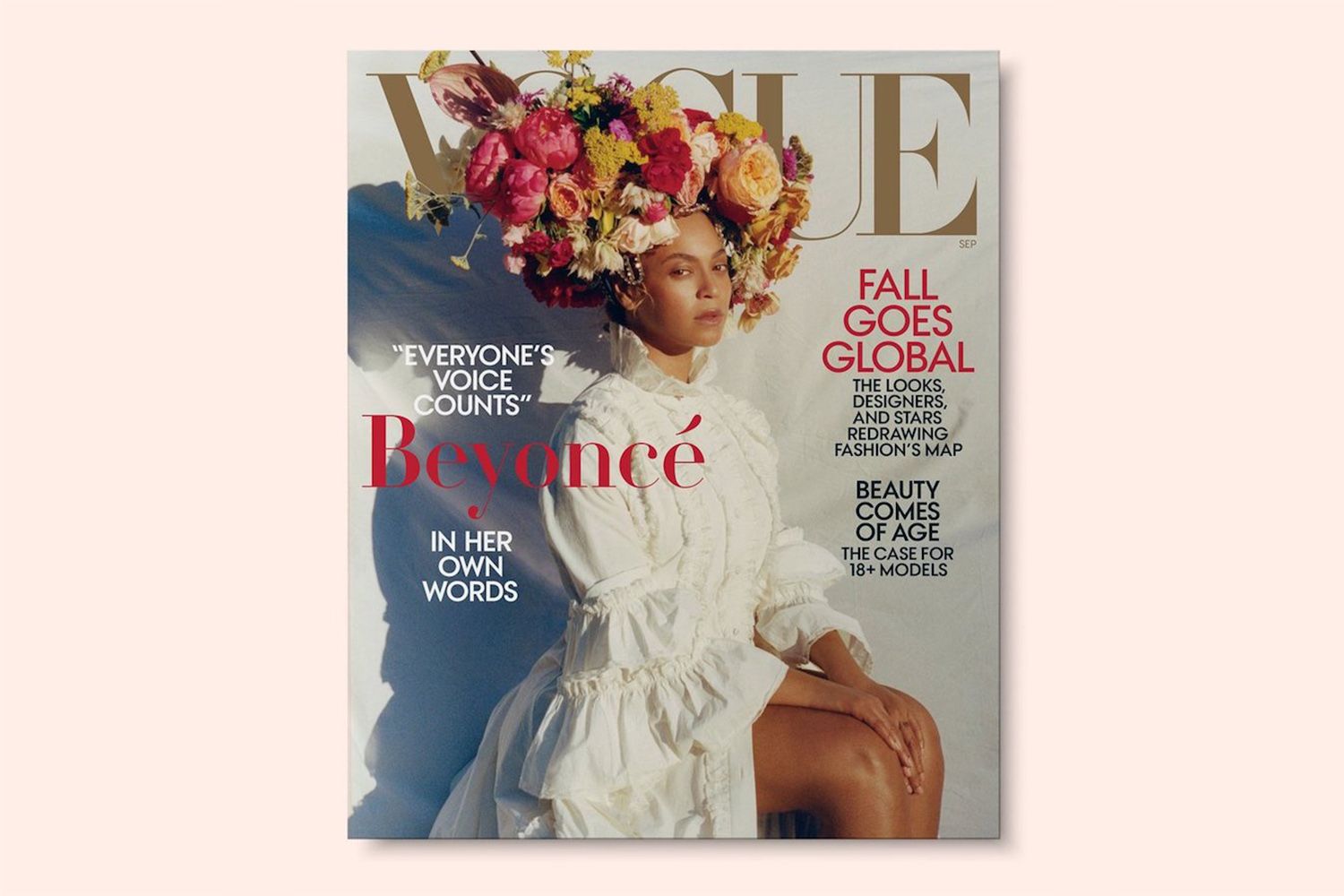
In the world of Western luxury fashion, what are the key issues that will need to be addressed or revisited in the near future?
Mostly, it’s about who has the power within the fashion industry, who and what voices have the authority to really make a difference and really move the industry in a new direction. The unfortunate injustices against people of color in America over the last year raise the question of what role they have in industries beyond fashion, whether it be business, finance or law. The fashion industry is predominantly Eurocentric: traditionally, there has been little space for people of color to bring about change.
Darnell-Jamal Lisby | Instagram
Budapest Fashion & Tech Summit | Web | Facebook | Instagram
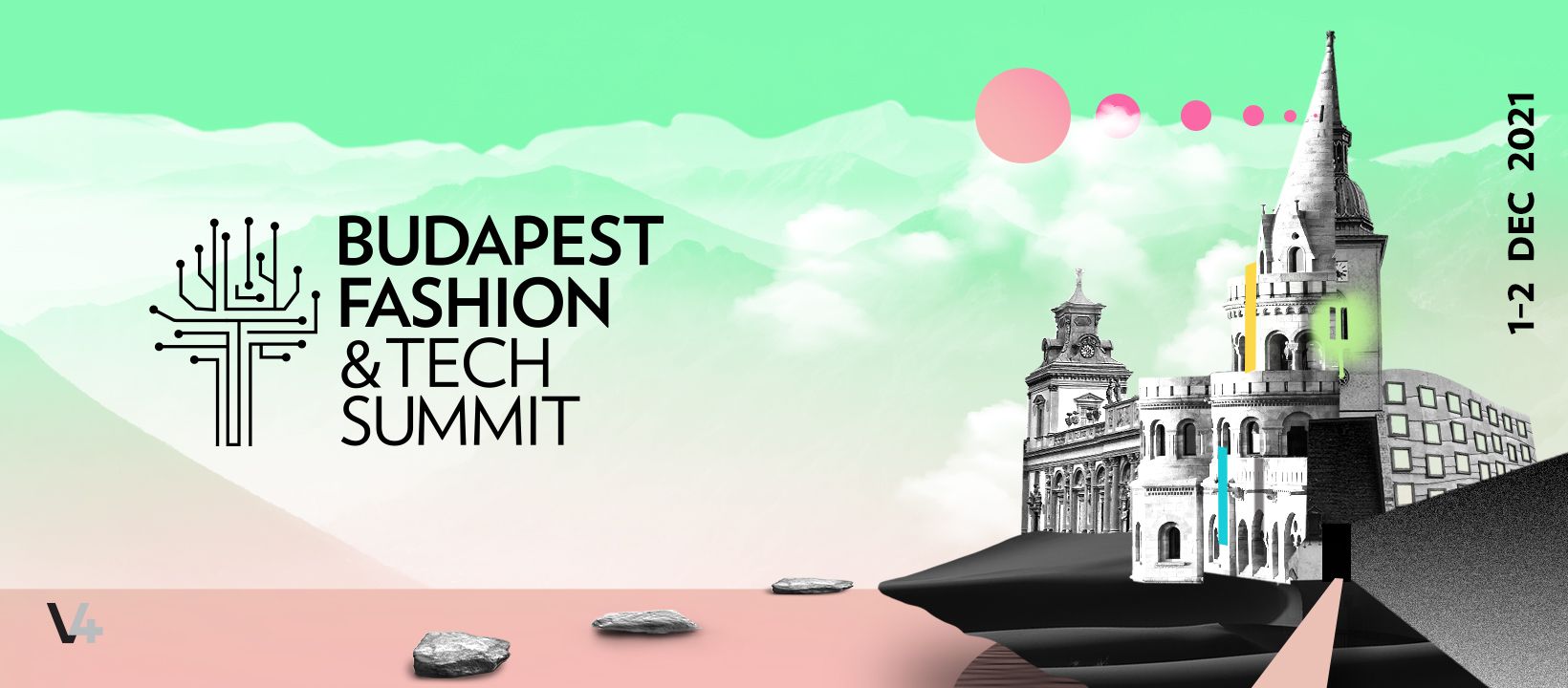

Growth through sustainability | Interview with Alberto Di-Leo on corporate sustainability
